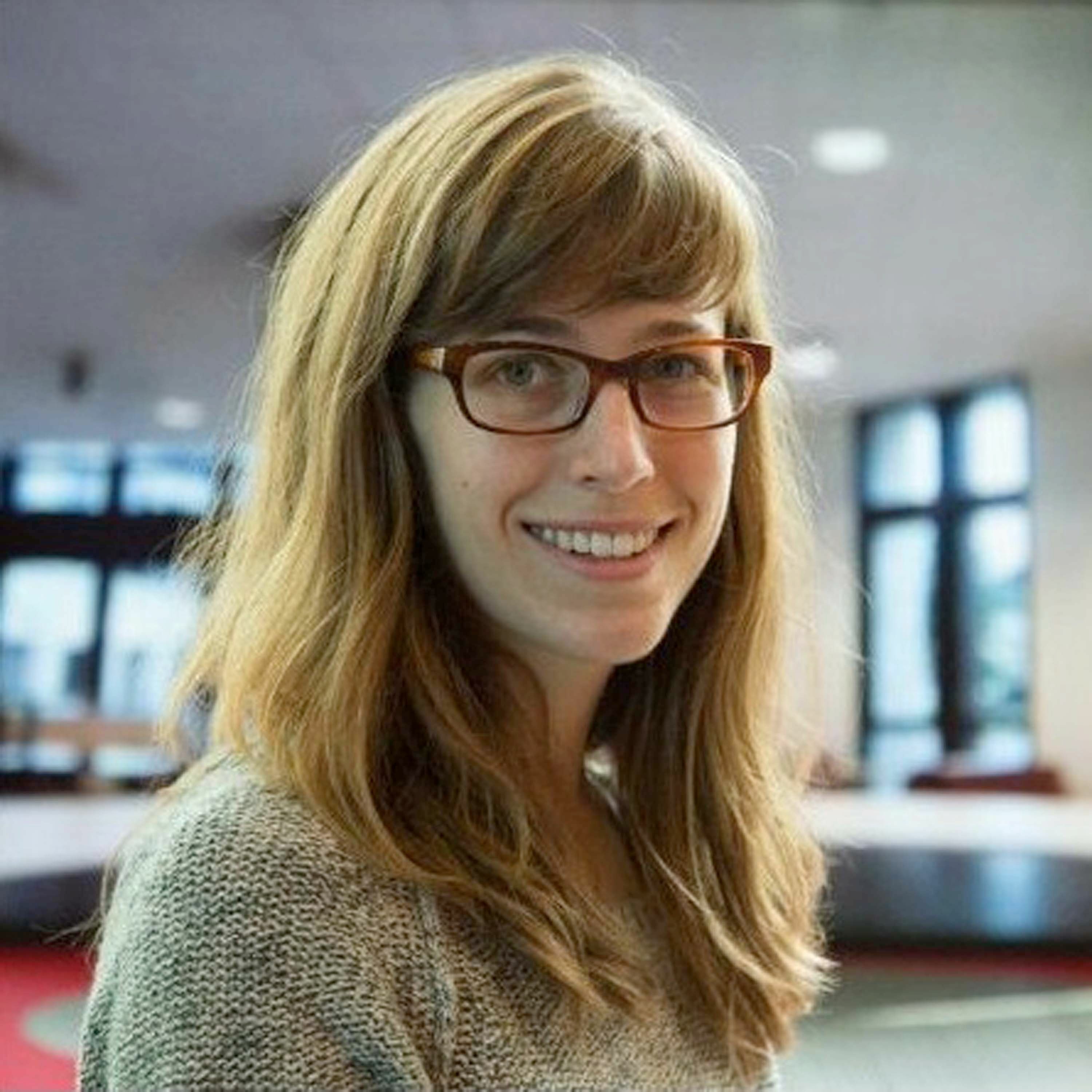Catherine E. Clark: "Media And Memory At The Videotheque De Paris"

b'The Vid\\xe9oth\\xe8que de Paris, a moving image archive of the French capital, opened in 1988, during a period when French technological advances led the world in revolutionizing the circulation of people and information. Accordingly, the Vid\\xe9oth\\xe8que would be no mere dusty archive but rather a high-tech institution of robots, computers, VCRs, and Minitels. Its organizers deployed the very latest technologies to place nearly a century of fiction films, documentaries, television programs, and advertising with Paris as their subject or setting at visitors\\u2019 disposal. Organizers promised that within a year or two the whole archive would be available in Parisian living rooms, as its collections became the basis of a Parisian on-demand cable channel.\\n\\nContemporaries imagined that these cutting-edge technologies would transform users\\u2019 very relationship to the past. They hoped to turn institutionalized history into memory, a flexible, customizable, and ultimately personal, experience of the past. The dream of an archive that replaced all others by providing constant access to cultural and social memory through cutting-edge technologies did not last more than a decade. But the utopian rhetoric that accompanied the Vid\\xe9oth\\xe8que\\u2019s creation helps illuminate and call into question the utopian promises of the much more recent revolution in digital history.\\n\\nMIT Global Studies and Languages assistant professor Catherine E. Clark is a cultural historian who specializes in nineteenth- and twentieth-century France and visual culture.\\n\\nHer current book project, Paris and the Clich\\xe9 of History, explores the intersection of the history of Paris and the history of photography. It tells the story of the various uses of photos as documents of the capital\\u2019s past from the establishment of Paris\\u2019s municipal historical institutions (the Mus\\xe9e Carnavalet and the Biblioth\\xe8que historique de la Ville de Paris) to the amateur photo contest \\u201cC\\u2019\\xe9tait Paris en 1970,\\u201d which created an archive of 100,000 pictures of the city. The project combines the history of collecting photographs with a consideration of the theoretical assumptions that underpinned their use, alongside prints and paintings, in illustrated books, historical exhibitions, and commemorations.'